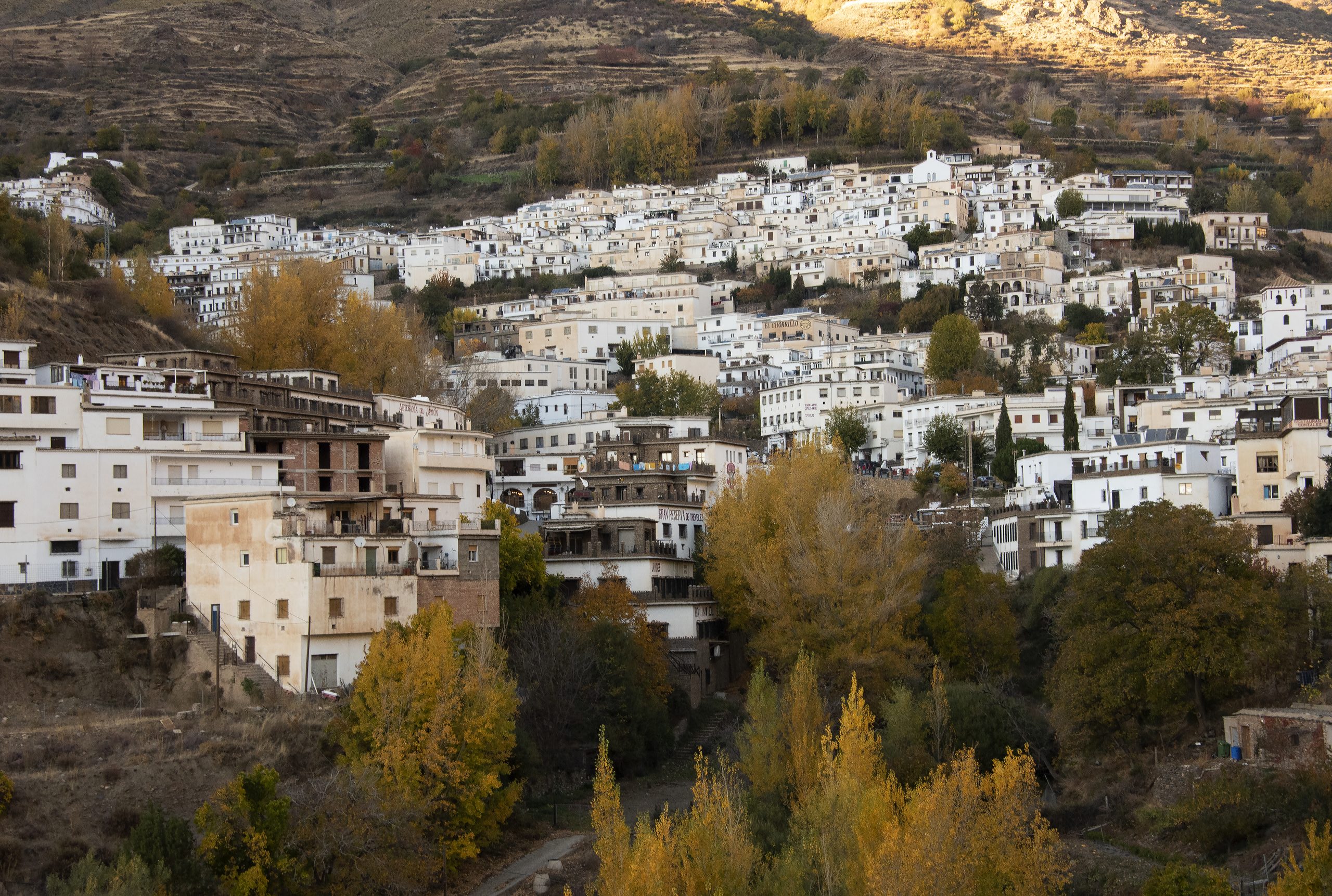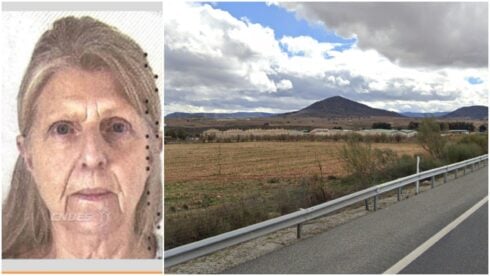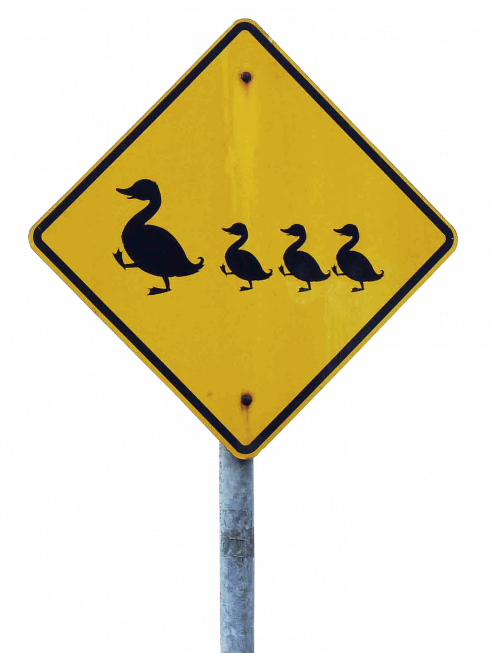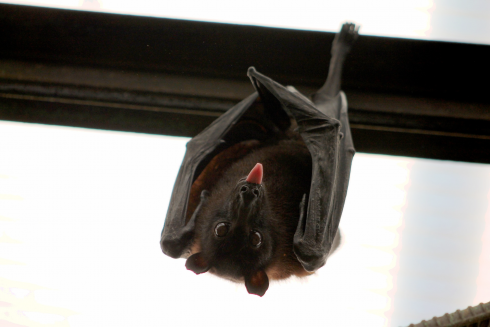THE perfect destination for meat eaters, hikers, and day trippers alike, Trevélez is a high point of La Alpujarra and one of Spain’s highest villages at 1,476 metres (behind Valdelinares, Teurel, at 1,695m).
Located to the west of the Rio Trevélez, on the southern slopes of the mighty Mulhacen, Trevélez benefits from cool, clean air that’s ideal for drying hams all year round.
According to Pilar Álvarez of Jamon de Trevélez IGP, the organisation that promotes the product’s highest quality seal, the practice of curing ham dates to ancient times, when the Romans used salt to preserve food.
The pig also has a long history in La Alpujarra, dating back centuries. Families would rear and slaughter their own swine, and then use the meat “down to the trotters”. They would deploy all bodily parts to make ‘chorizo’, ‘morcilla’ (blood sausage), normal sausage, and cured hams, and have a fiesta called “la matanza” to celebrate their endeavours.
For Trevélez, the key date fell in 1862, when its ham producers were granted permission to use Queen Elizabeth II’s seal of approval. Since then, the town hasn’t looked back. Today, it is capitalising on its hammy history to become a tourist magnet.
Since 2021, Trevélez has established its annual ‘Fair of Ham and Typical Products, which this year attracted 6,000 visitors of all nationalities, has launched a museum of ham (called ‘Museo Vallejo’), and has deployed cute models of pigs and other animals throughout its streets, with more planned, including a trout.
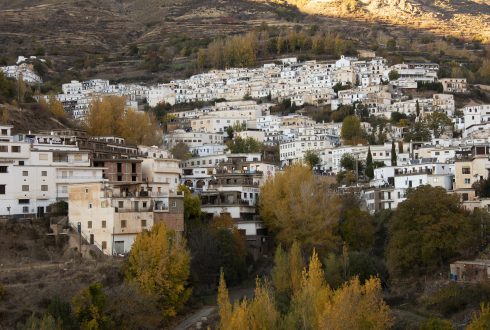

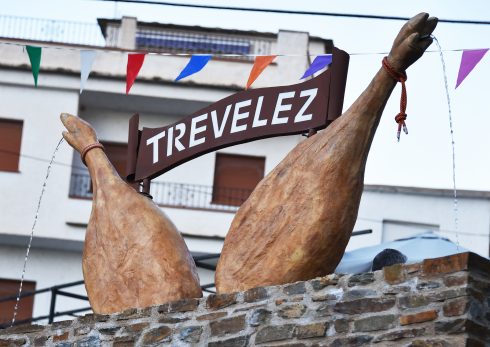
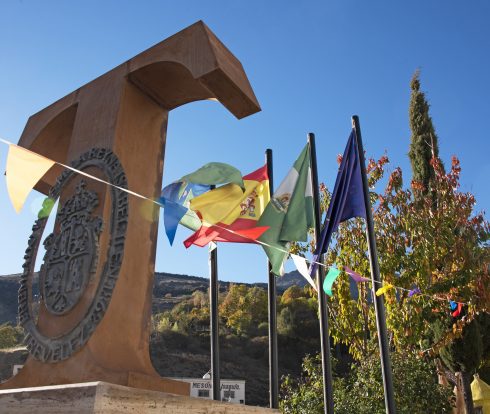
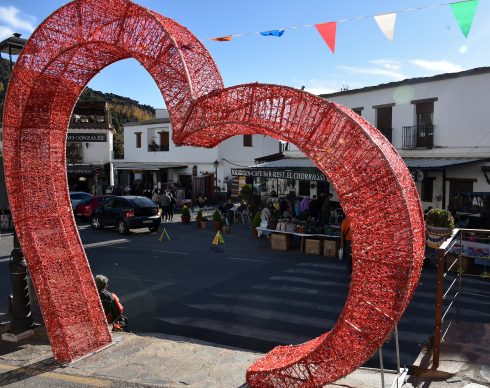
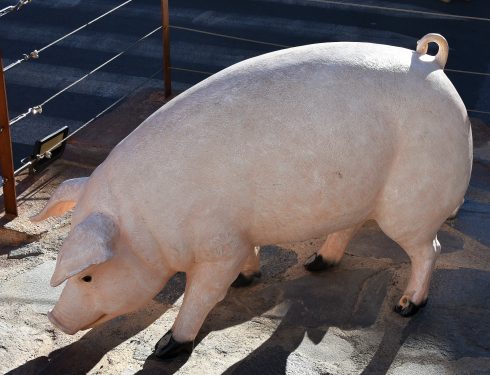
A town of slopes and bars
Built in the Alpujarra’s Berber tradition, with flat-roofed, white houses, appearing almost on top of each other, Trevélez has three ‘barrios’ – Alta, Medio, and Bajo. There’s 200m difference in altitude between the top and bottom of the town, as people walking up ‘Calle Cuesta’ will notice.
The placename “Trevélez” derives from Arab and could either mean “bellis”, for the Arabian word “valley”, or “vélez”, meaning “three districts”.
The ancient GR7 hiking trail runs through Trevélez and the village boasts a natural, cool dip pool underneath Barrio Bajo, that visitors enjoy in summer months – although the water is reputed to be “bracing”.
For a smallish town, Trevélez offers 37 bars and restaurants, some of which have five stars on Tripadvisor. There’s a popular eatery in Barrio Alto, La Fragua, although Barrio Bajo has always been the main tourist zone – something that mayor, Adrian Gallegos Segura, is working to change.
He explained to Olive Press that the recent installation of “three little pigs” – cute models in tiny houses, one each for barrio Alto, Medio, and Bajo – is intended to encourage visitors to explore the whole town, not just the bottom barrio. Visitors can also discover model cows, a jabali, a fox and an eagle.
So, is Trevélez taking the lead from Soportujar, which has installed model serpents, spiders, giant chicken legs and witches? Soportujar draws visitors from far afield with its spooky theme.
“Not really,” says Adrian, “as we’ve been related to ham for a long time, and Soportujar invented a new theme, but the two are using different versions of the same tactic to encourage tourists.”
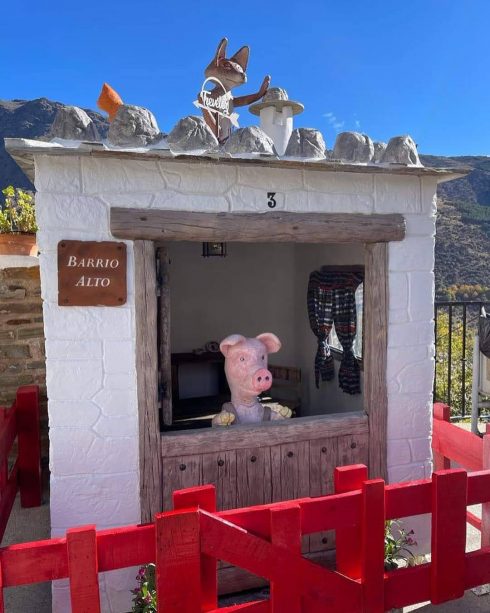
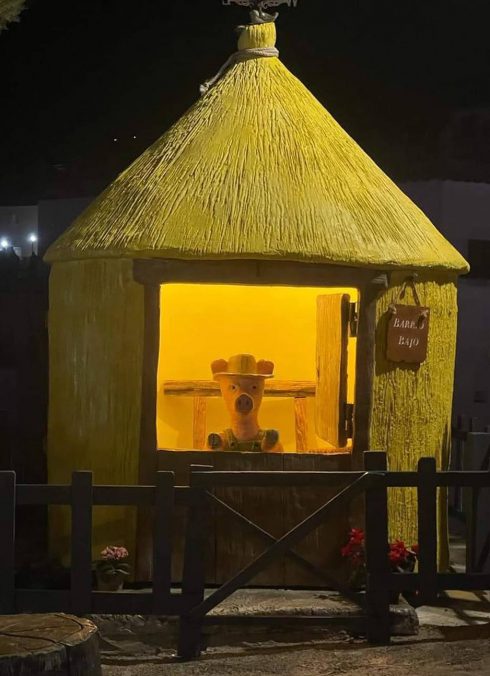
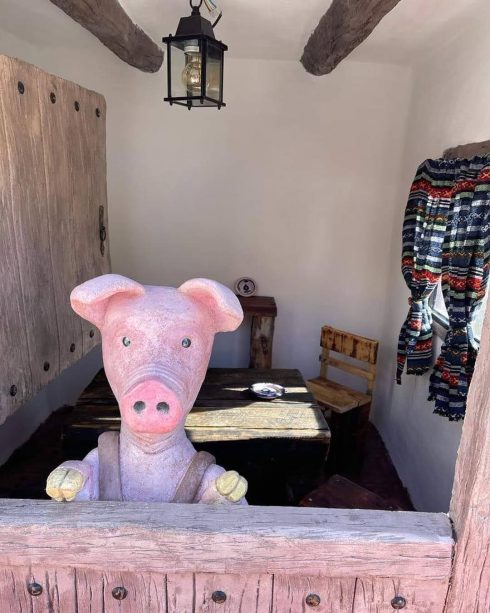
Feria of ham
So, does the cured ham live up to its image? The Olive Press visited Trevélez during its second ‘Feria de Jamon and Typical Products’, on 19-20 November. This was a celebration of all things meaty. We also found the inevitable congregation of locals enjoying ‘copas’ in their municipal tent.
By Sunday lunchtime, all the free ‘jamon’ had been scoffed down. The food stand was inviting guests to try ‘morcilla’ (blood sausage), which some visitors pronounced “delicious”.
We visited a bar in Barrio Bajo. As part of the feria, we were given a generous, free
‘tapa’ plate of local ham. This proved delicious. The bar also served a decent ‘Plato Alpujarreno’: a traditional dish featuring ‘patatas del pobre’ (poor man’s potato) and the ever-present ‘morcilla’.
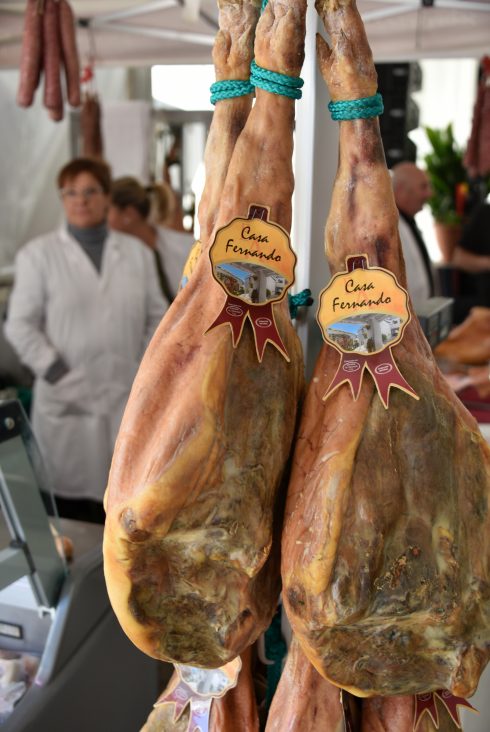
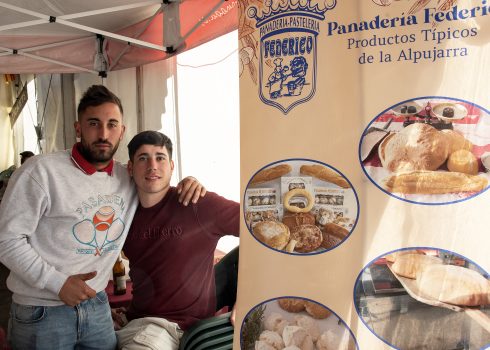
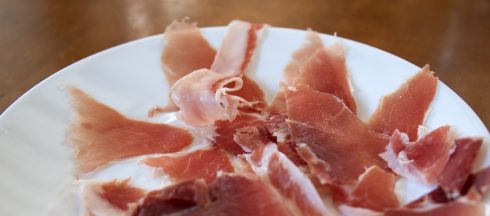
Why is the ham so tasty?
The ham from Trevélez does genuinely taste different to – for example – what you might buy in Spanish supermarkets. It is more refined and a world away from salty British gammon.
All product carrying the IGP seal uses white pork leg from the pig breeds of Landrace, Large White and Duroc Jersey. It’s naturally dried and cured for a minimum of 17 months. The pigs eat vegetable feed, there are no preservatives, and no excess salt. Only six companies have the coveted IGP seal, although other producers have a different seal to show they are based above 1,200m.
Says Pilar: “Many people come to Trevélez for the ham, but they also come for tourism and discover the ham and how it’s made. It is a mutually beneficial relationship.”
When to visit Trevélez
Trevélez is a town with multiple fiestas – so why not join the party?
- San Antonio – the feria for town’s patron saint takes place on the weekend closest to 13 June.
- San Benito occurs on the Saturday closest to 11 July, with a religious theme and a potato-fest.
- ‘Virgin de las Nieves’ (Virgin of the Snows) is on 4 August, when an effigy of the virgin is carried to the summit of Mulhacén for a mass.
- The ‘Feria de Ganado’ (farming fiesta) takes place on the third weekend of October.
READ MORE
On top of the world: Granada’s Sierra Nevada is the perfect active tourism destination in Spain~
Travel Spain: these are the villages you should visit in the Alpujarra South of Granada
Autumn in Spain’s Alpujarra region: hiking, biking, riding and other adventures
Click here to read more Granada News from The Olive Press.

